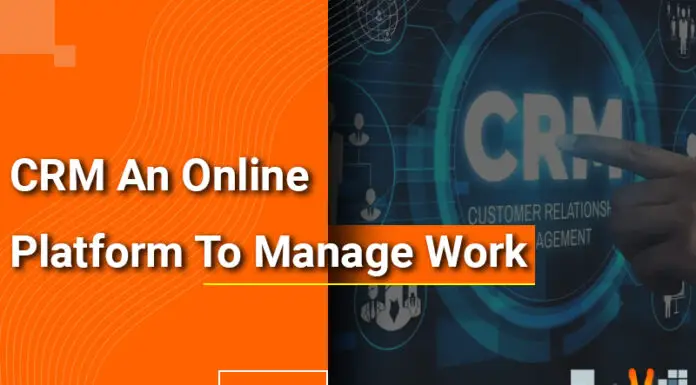Virtual Private Network (VPN), More Secured Less Cost
Recently, business world enhanced the productivity of their workers simply by establishing a constant contact with them. As long as there is an open access to the company’s data even though you are on the travel, deadlines can be still be coped up.
Regular checking of daily task and performance monitoring can be done without any hassle. You don’t even need to go to your office to check and follow up unaccomplished task. In fact, giving feedbacks to the various activities in the business can be made right at the moment whenever you stay connected.
Virtual Private Network (VPN) plays a great role in the convenience of sharing data. The transfer of data into a very secure and safe access; access from one computer to a separate terminal is one of the tough concern of this network. VPN is a computer network that connects the user remotely to the company’s system without sacrificing the confidentiality of the data. It uses public telecommunication systems such as Internet to deliver an isolated offices or users. Through this network, huge expenses paid to leased lines will be cut off. In other words, using this kind of network will certainly lessen the cost of having individual internet connections.
Normally, an organization needs to shares a data to their workers. This activity also requires a very prudent supervision. By the use of Virtual Private Network, the exchange of confidential data and accessing to it will be managed accordingly. Highly confidential files can be stored and remained private because it will be taken care of this system. Protection from unauthorized access of file and document slashing is surely managed. VPN system uses the tunneling system. It has the ability to work both private and public network.
Features of Virtual Private Networks (VPN)
Provide a wide area of connectivity. A Virtual Private Network makes available the ease of access even in distance. The network offers a distant connectivity. VPN is a form of WAN (Wide Area Network) that supports file sharing and video conferencing.
Encapsulate document of all types. Data sharing is not only limited to one aspect. It does not only focus on text files but also VPN supports other types of data transfer such as voice files, video files and graphic files.
Facilitate Electronic Meetings. The system can initiate electronic meetings. Audio conferencing, video conferencing, data conferencing and virtual conferencing is possible by the use of VPN system. This electronic conferencing enable individual to communicate and collaborate as a group in a real time situation.
Access important files even staying at home. VPN allows the access of important files straight from the office files. This will give an ease while doing some work at home. While you are in home, you can continue working and gets it to completion.
Have access to any files on a shared computer in a network. It gives great delays in work to retrieve files stored to other PC especially when the person using that computer is not available. Virtual Private Network enables you to access any files stored on a shared PC in the system.
Monitoring wise. The system will guarantee a constant access to regularly- updated data and files. This will gives an ease to monitor data at a normal basis. Inventory of stocks, updating of sales and other accounting activities will be possible and efficient.
How VPN differ from other virtual network systems?
Some system networks offers as the VPN provides. Though almost all network systems constitutes the same nature as Virtual Private Network has but VPN vary from other network in terms of protocols, terminologies and technologies.
VPN Protocols
Virtual Private Network adheres to the following protocols:
Point-to-Point Tunneling Protocol (PPTP). This networking protocol allows distant connection to servers of VPN solutions. Because of this protocol, the remote users will have the access steadily to any operating systems such as Microsoft Windows 95, Windows 98 and the Windows NT. PPTP depends on Point-to-point (PPP) in terms of data authentication and encryption. The primary function of this command is to provide protection to the data being transferred from one VPN computer or host to other devices.
Layer Two Forwarding Protocol (L2P). This protocol act as Cisco Systems counterpart to a Microsoft-based PPTP protocol that permits small networks and organization to launch remote VPNs. When this remote VPN will be established, the safe transfer of data via Internet is achieved. L2F will protect the shared data from the host or server to the end user.
Layer Two Tunneling Protocol (L2TP). Microsoft and Cisco developed this virtual dial-up protocol. This protocol permits the Virtual Private Network access through Internet provided that encryption protocol is used to protect the confidentiality of the data. The purpose of this protocol is to let the Internet service providers access the VPNs.
Internet Protocol Security (IPSec). This is used in the process of encrypting and authenticating of packet data. This will work as a group so that the movement of data transfer is secured from servers and computer users, firewalls and routers or host and the security gateway. To perform the operation, the IPSec uses a server of protocols that includes Internet Key Exchange (IKE), Authentication Header (AH), and the Encapsulating Security Payload (ESP).
Virtual Private Network has been used for many companies. They likely exist like mushroom in the market. Many sellers enhanced VPN hardware and software products. The idea of using Virtual Private Network will not focus only on the benefits it gives. The quality of the system also measures its derivability. The decision should always depend on primary factors; performance and the quality of VPNs. Better to investigate and explore to the wide options before deciding which system is suitable to your needs.
Study its advantages and disadvantages and compare one VPNs one after the other. It is a great challenge to the user to explore more of the benefits of the product so that maximum utilization will not be defeated. To the product developer, the challenge is about the assurance of the user. The need to satisfy both the end user must be the prime goal in the advancement of the product.

















